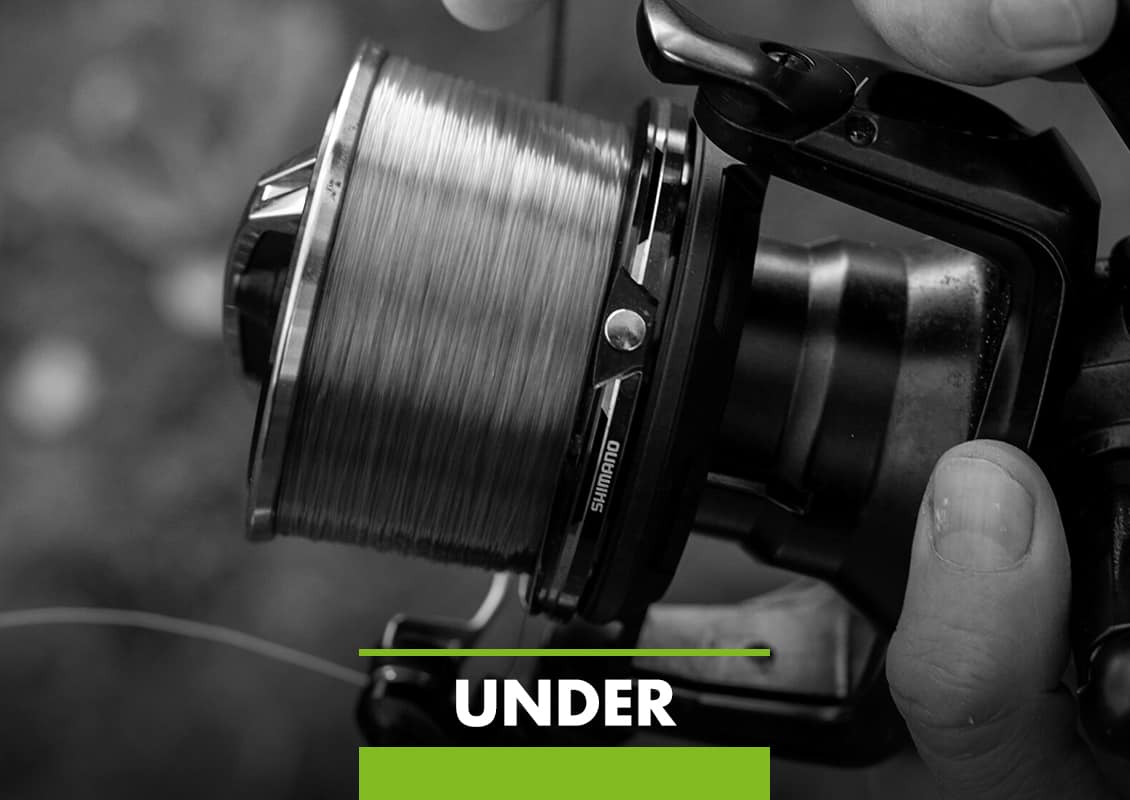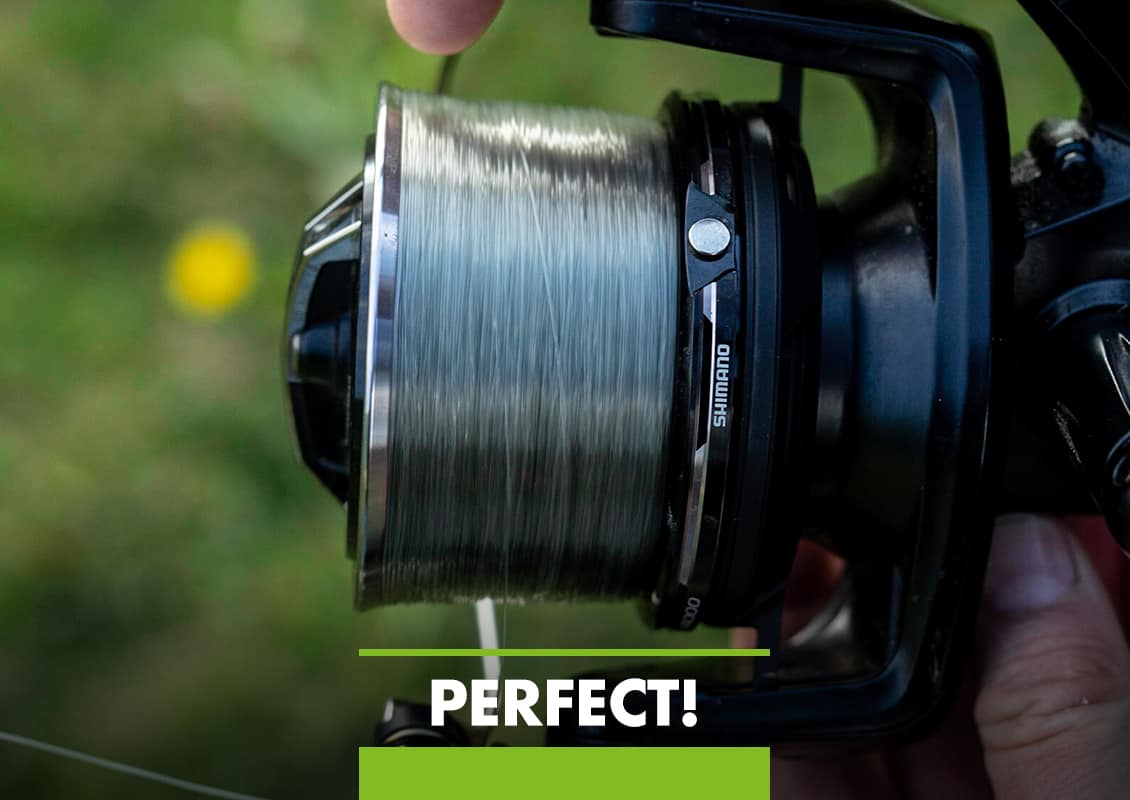Gaz Fareham explains why the Soft Boom Hinge aka 'The Cobra' is his go to rig - sharing his vast knowledge on the most effective set up to catch bites.


No matter how thoroughly shagged and decrepit your bankside tackle looks, as long as it is serviceable it will do the job – but line, well that’s not an item that you can really expect to take chances with, at least without inevitably being punished, perhaps even paying the ultimate penance of a lost leviathan… Oh, the horror!
As with most things in life, you get what you pay for. The best commodities of any type invariably cost a little more – but with that premium price comes premium performance. Higher performance line, of whichever type you use, be that copolymer or Fluorocarbon monofilament or braided lines, will utilise the better ‘ingredients’ from sources that guarantee the greatest possible consistency. If the best lines offer a solid 10% better performance but cost you 50% more, then that’s money bloody well spent IMHO on such an absolutely vital piece of our armoury…
If you have gone to the trouble to find a great line, then the last thing you will want to do is undermine its performance, so here’s a rough guide how to treat your line with some TLC, so that it maintains its performance and extends its longevity.



Without doubt, the best practice for consistently loading mono off of the bulk spool onto your reel is to place the spool into lukewarm water, with the bulk spool weighted down and the line coming up off the spool in an anti-clockwise direction. Both practically and mathematically (if you’re that way inclined), this methodology will give the least line twist. In fact, if your spool and the bulk spool had the same diameter there would be zero twist – but in the ‘reel’ world they aren’t so you will need to bare this in mind whilst trying to get it done right…
With the spool weighted down in lukewarm water the temperature will plasticise (soften) and lubricate the line as it goes onto the reel. Pre-soaking the bulk spool for a few hours is certainly recommended if you’re maxing out the capacity of your spools, which is essential if you’re fishing at extreme range when every % counts. However, if you’re not, then absolutely maxing out the spool probably isn’t worth doing as it will occasionally cause horrific birds’ nests – especially with dry lines at the start of a session.
I always splash water over the spools as soon as I put the rods together on the premiss that most lines absorb water and go limper, and the moisture will lubricate the first cast and avoid any daft (avoidable) mis-casts. Anyway, I digressed. The simple logic to pre-soaking is that if you load up right to the lip of the spool with dry line, then when you reel in after the lines been out in the lake and absorbed water the diameter of that section will be greater than when you cast out! Your maxed out spools are overfilled, and this can cause those horrific birds' nest issues mentioned...
Without doubt, the best practice for consistently loading mono off of the bulk spool onto your reel is to place the spool into lukewarm water, with the bulk spool weighted down and the line coming up off the spool in an anti-clockwise direction. Both practically and mathematically (if you’re that way inclined), this methodology will give the least line twist. In fact, if your spool and the bulk spool had the same diameter there would be zero twist – but in the ‘reel’ world they aren’t so you will need to bare this in mind whilst trying to get it done right…
With the spool weighted down in lukewarm water the temperature will plasticise (soften) and lubricate the line as it goes onto the reel. Pre-soaking the bulk spool for a few hours is certainly recommended if you’re maxing out the capacity of your spools, which is essential if you’re fishing at extreme range when every % counts. However, if you’re not, then absolutely maxing out the spool probably isn’t worth doing as it will occasionally cause horrific birds’ nests – especially with dry lines at the start of a session.
I always splash water over the spools as soon as I put the rods together on the premiss that most lines absorb water and go limper, and the moisture will lubricate the first cast and avoid any daft (avoidable) mis-casts.
Anyway, I digressed. The simple logic to pre-soaking is that if you load up right to the lip of the spool with dry line, then when you reel in after the lines been out in the lake and absorbed water the diameter of that section will be greater than when you cast out! Your maxed out spools are overfilled, and this can cause those horrific birds' nest issues mentioned …




Bear in mind that the reel spool and bulk spool diameters are never the same, so there will inevitably still be a small amount of line twist created by this difference. I always check for line twist periodically whilst loading up – simply by checking it isn’t coiled like a spring when you stop winding by allowing some slack between the rod and the bulk spool. If you find that the twist is building up as you load the spool turn the bulk spool over and then reel on 20-30 yards and re-check. The line should be less twisted (or if you have reeled further there will be a degree of counter twist). Correct the spool and carry on as before.
When it comes to going fishing with your new line, you’ll notice some are better at sinking than others when they are brand new. Different copolymers will have different characteristics, but virtually all are the same density and ultimately will sink at the same rate when they have been used a bit – as the surface opens and becomes more porous. Better lines, like OGX have a surfactant that help the line go down, which acts as a bridge helping the product when new, helping it cut through the surface film…
If you want to degrease your line, which helps it sink – just a few drops of diluted washing up liquid onto the reel spool, or better still onto a damp cloth and the mainline reeled in through it (which will clean, de-grease and help push out the line twist and you’re laughing).


Bear in mind that the reel spool and bulk spool diameters are never the same, so there will inevitably still be a small amount of line twist created by this difference. I always check for line twist periodically whilst loading up – simply by checking it isn’t coiled like a spring when you stop winding by allowing some slack between the rod and the bulk spool. If you find that the twist is building up as you load the spool turn the bulk spool over and then reel on 20-30 yards and re-check. The line should be less twisted (or if you have reeled further there will be a degree of counter twist). Correct the spool and carry on as before.
When it comes to going fishing with your new line, you’ll notice some are better at sinking than others when they are brand new. Different copolymers will have different characteristics, but virtually all are the same density and ultimately will sink at the same rate when they have been used a bit – as the surface opens and becomes more porous. Better lines, like OGX have a surfactant that help the line go down, which acts as a bridge helping the product when new, helping it cut through the surface film…
If you want to degrease your line, which helps it sink – just a few drops of diluted washing up liquid onto the reel spool, or better still onto a damp cloth and the mainline reeled in through it (which will clean, de-grease and help push out the line twist and you’re laughing).









Understandably, many copolymer lines are affected by repetitive impact thinning out the last portion of line – from the tip down. I say that it’s not surprising simply because of the impact that last section has to cope with, especially if there is any significant lead size or range involved. What happens is the last section thins out as the line loses its capacity to rebound from being repeatedly stretched out during the impact of the cast. It’s easy to tell if this has happened as when you re-tie a knot using this section as it will be brittle and weak. The easy answer is to strip off 6-8 ft and the knot will revert to expected performance as the line will be back up to full diameter – not a skinny, pale semblance of its former glorious self.
Whichever mainline you’re using, keep an eye on it for nicks and scrapes – chafes or grazes – as these are the things that really make a difference in terms of maintaining performance…
And for the love of God, please learn and practice the various knots that you need to get the most out of the product. If in doubt, contact the manufacturer/brand. They should know their own products inside out, and if they don’t, well there’s always the good old interweb or a company that does!


Understandably, many copolymer lines are affected by repetitive impact thinning out the last portion of line – from the tip down. I say that it’s not surprising simply because of the impact that last section has to cope with, especially if there is any significant lead size or range involved. What happens is the last section thins out as the line loses its capacity to rebound from being repeatedly stretched out during the impact of the cast. It’s easy to tell if this has happened as when you re-tie a knot using this section as it will be brittle and weak. The easy answer is to strip off 6-8 ft and the knot will revert to expected performance as the line will be back up to full diameter – not a skinny, pale semblance of its former glorious self.
Whichever mainline you’re using, keep an eye on it for nicks and scrapes – chafes or grazes – as these are the things that really make a difference in terms of maintaining performance…
And for the love of God, please learn and practice the various knots that you need to get the most out of the product. If in doubt, contact the manufacturer/brand. They should know their own products inside out, and if they don’t, well there’s always the good old interweb or a company that does!









